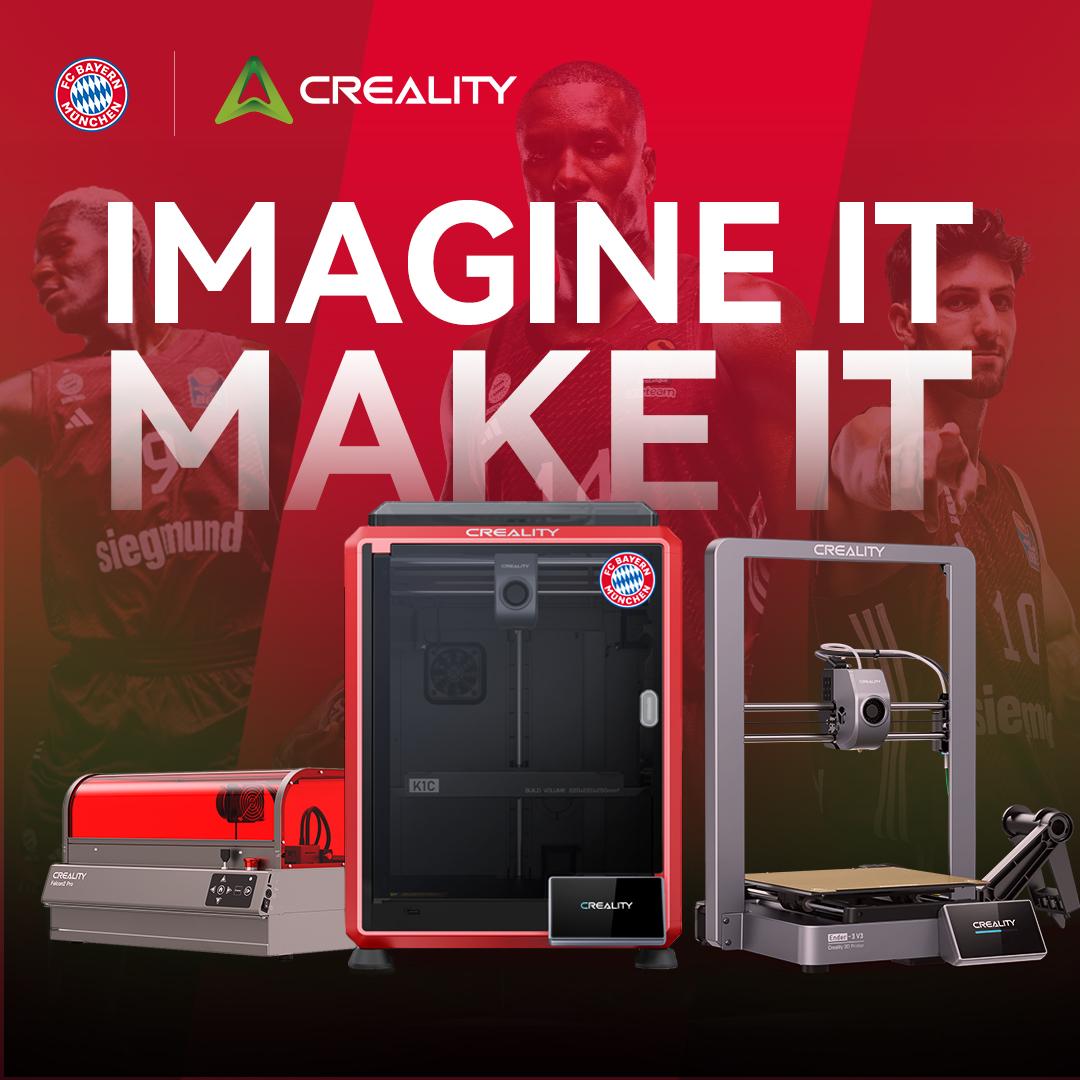
The rise of 3D printing has transformed it from an industrial manufacturing process into an accessible tool for hobbyists, empowering individuals to create custom objects with ease. As part of the broader DIY and maker movement, 3D printing has gained popularity due to its versatility and affordability. Hobbyists now have the power to design, prototype, and manufacture their own creations, fostering innovation and creativity. The intersection of technology and craftsmanship has led to a renaissance in home fabrication, where individuals can experiment and bring their ideas to life with minimal barriers to entry.
Affordable and Accessible Technology
The affordability of consumer-grade 3D printers has played a significant role in popularizing this technology among hobbyists. Entry-level models like the Creality Ender-3 and Prusa i3 MK3S provide high-quality prints at relatively low costs, making 3D printing more accessible than ever. The open-source nature of both hardware and software has further fueled innovation, allowing users to modify and enhance their machines while benefiting from shared resources. Open-source platforms like Marlin firmware and slicing software such as Cura and PrusaSlicer have made it easier for enthusiasts to fine-tune their prints and optimize performance. The widespread availability of these tools has ensured that even those with limited technical expertise can participate in the world of 3D printing.
Popular Applications and Projects
Customization and Personalization
One of the most exciting aspects of 3D printing is its ability to produce highly personalized objects. Hobbyists can create custom-designed home decor, unique tools, and functional gadgets tailored to their specific needs. From intricate keychains to personalized phone stands, the ability to print one-of-a-kind items allows individuals to express their creativity in practical ways. Additionally, 3D printing facilitates rapid prototyping, enabling inventors and designers to refine their creations before committing to full-scale production.
Cosplay and Costuming
The cosplay community has embraced 3D printing as a powerful tool for crafting intricate props, armor, and costume accessories. Enthusiasts can recreate iconic designs from movies, video games, and comic books with astonishing accuracy. Whether it’s Iron Man’s helmet, a Mandalorian’s armor, or a detailed sword from a fantasy franchise, 3D printing enables cosplayers to bring their favorite characters to life. This technology also allows for enhanced durability and customization, ensuring that each piece perfectly fits the wearer’s needs.
Modeling and Miniatures
For fans of tabletop gaming, model railways, and diorama building, 3D printing provides an unprecedented level of detail and customization. Hobbyists can print miniature figurines, terrain pieces, and intricate model components to enhance their gaming or display experience. Websites like Thingiverse and MyMiniFactory serve as valuable repositories for free and premium downloadable designs, fostering a collaborative culture of sharing and innovation within the community.
Learning and Skill Development
Technical Skills
Engaging in 3D printing helps hobbyists develop a range of technical skills. Learning 3D modeling software such as Tinkercad, Blender, and Fusion 360 introduces users to CAD (computer-aided design) concepts, which are valuable in various engineering and design fields. Mastering these tools enables individuals to create original designs rather than relying solely on pre-existing templates, further expanding their creative possibilities.
Problem-Solving and Innovation
3D printing encourages a hands-on approach to problem-solving, requiring users to think critically about design constraints, material properties, and printer limitations. Troubleshooting issues such as failed prints, incorrect calibrations, and filament inconsistencies teaches resilience and perseverance. Online communities, including forums and social media groups, provide a wealth of knowledge where users can seek advice, share successes, and collaborate on solutions to common challenges.
Community and Collaboration
Online Communities
The internet has played a crucial role in connecting 3D printing enthusiasts from around the world. Platforms like Reddit, YouTube, and Discord serve as hubs for sharing tips, troubleshooting advice, and project inspiration. Influential creators and educators on YouTube provide tutorials, printer reviews, and design insights, making it easier for beginners to learn and experiment. Collaborative efforts within these communities have resulted in the rapid advancement of techniques and innovations in 3D printing.
Maker Fairs and Events
In-person events, such as Maker Faires and local meetups, offer opportunities for hobbyists to showcase their projects, learn from industry professionals, and network with like-minded individuals. These gatherings celebrate the ingenuity of the maker movement and highlight the diverse applications of 3D printing. From functional prototypes to artistic sculptures, the variety of projects presented at these events demonstrates the boundless potential of additive manufacturing in creative and practical fields.
Challenges and Solutions
Common Issues
While 3D printing offers incredible possibilities, it also comes with challenges. Print quality issues such as warping, layer shifting, and stringing can frustrate beginners and experienced users alike. Understanding how to adjust print settings, calibrate bed leveling, and choose the right filament type is essential for achieving consistent results. Experimentation and learning from mistakes are integral parts of mastering 3D printing.
Overcoming Barriers
For newcomers, the sheer amount of information and technical details involved in 3D printing can be overwhelming. Starting with a beginner-friendly printer, following step-by-step tutorials, and engaging with online communities can ease the learning curve. Patience and persistence are key to overcoming initial setbacks, and the sense of accomplishment that comes with successfully printing a complex model makes the journey worthwhile.
Conclusion,
The impact of 3D printing on the hobbyist community is profound, offering a unique combination of accessibility, creativity, and problem-solving opportunities. By enabling individuals to design and manufacture their own objects, 3D printing has empowered hobbyists to take their DIY projects to the next level. Whether used for personal expression, practical applications, or collaborative innovation, 3D printing remains a dynamic and evolving technology that continues to inspire makers worldwide. As advancements in materials, software, and hardware continue, the future of 3D printing for hobbyists promises even greater possibilities, further cementing its role as a cornerstone of modern creativity and fabrication.



